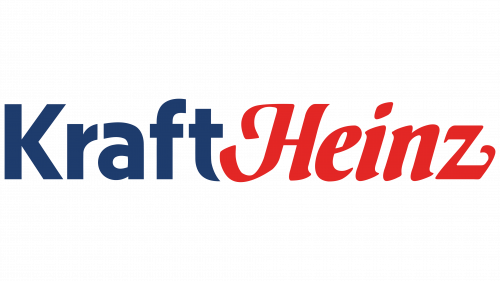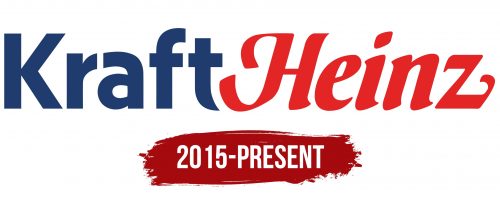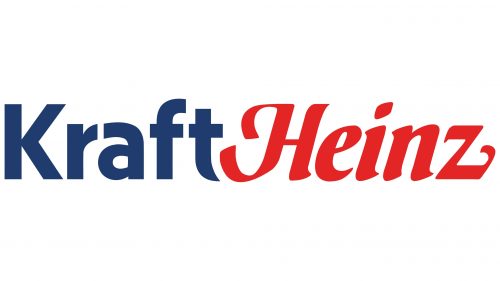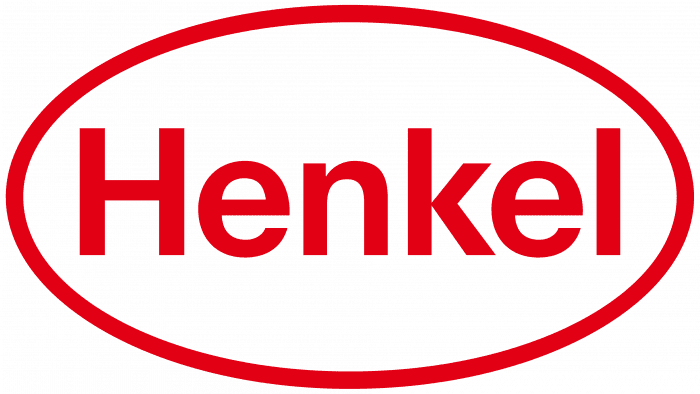The Kraft Heinz logo can be called legendary, as it has existed for as long as the company has been promoting its products. Many believe that such stability is a key factor in its success. However, nothing but the highest product quality can explain the company’s high demand and popularity. That’s why it is important to talk about the company’s development.
The company’s creation story goes back a long way. It is known that two companies were merged into one brand. Their names became the foundation of their identity. Since the activities of both companies were directly related to food products, their subsequent activities focused on producing the tastiest products.
Kraft Heinz specializes in producing pre-packaged foods, various packaged goods, and condiments. Therefore, designers paid special attention to creating the logo, focusing on its style and individual color scheme.
Kraft Heinz: Brand overview
Before their merger in 2015, Kraft Foods and H.J. Heinz Company were two distinct businesses with a long history, and Kraft Heinz’s history started there.
James L. Kraft founded a wholesale cheese company in Chicago in 1903, marking the beginning of Kraft Foods’ history. He established J.L. Kraft & Bros. Company with his four brothers in 1909. The business expanded swiftly, and in 1916, Kraft received a patent for a pasteurization process that made cheese suitable for storage without refrigeration. This creation transformed the cheese market and served as the model for the well-known Kraft processed cheese.
In the 1920s, the company added mayonnaise, salad dressings, and other products to its lineup. The 1928 merger with Phenix Cheese Corporation, the company that produced the well-known Philadelphia Cream Cheese, further solidified its position in the market.
The firm’s growth was sustained during the Great Depression of the 1930s, partly because of its reasonably priced and wholesome products. The business started heavily utilizing radio advertising and supporting well-known radio programs.
Following the Second World War, the company grew by purchasing other food businesses and entering foreign markets. In 1988, Kraft was purchased by Philip Morris Companies (now Altria Group) for $12.9 billion. Kraft went public in 2001 and split off from Altria entirely in 2007.
In Sharpsburg, Pennsylvania, Henry John Heinz established Heinz & Noble in 1869, marking the beginning of the H.J. Heinz Company’s history. Horseradish was the company’s first offering, which was novel at the time because it was packed in clear glass bottles.
Heinz, along with his brother and cousin, created F. & J. Heinz in 1876 following the failure of his previous business. The business expanded quickly, and Heinz started the brand’s global expansion in England during a visit there in 1886.
Heinz first used the catchphrase “57 Varieties” in 1896. Heinz produced almost 60 distinct products then, yet 57 were considered lucky.
The company kept growing at the beginning of the 20th century, opening factories worldwide. Employee and customer loyalty increased as the company weathered the Great Depression without having to lay off any workers.
After World War II, Heinz grew internationally by purchasing other food businesses and entering new markets. 2013 Berkshire Hathaway and 3G Capital purchased Heinz for $23 billion.
The Kraft Heinz Company was established in 2015 due to the historic merger of Kraft Foods Group and H.J. Heinz Company. The result of this merger is the third-biggest food corporation in North America and the fifth-largest food firm globally.
In 2016, the company prioritized operations optimization and integration of the two businesses. Significant cost reductions, including the closure of certain plants and the reduction of employment, were carried out to boost productivity and profitability.
In 2017, the firm attempted to purchase Unilever for $143 billion. Despite failing, this endeavor showed the company’s aspirations for future growth.
The business established the Springboard incubator in 2018 to foster the growth of cutting-edge food companies. This action prompted the increased demand for natural, organic, and specialized foods.
2019 was a difficult year for the business. The company reported large write-downs of the value of some of its brands, resulting in large losses. As a result, the company’s stock fell, and the leadership was replaced. Miguel Patricio was named the company’s new CEO to restructure and resume growth.
The firm started executing a new strategy in 2020 that was centered on innovation and brand portfolio renewal. The US natural cheese brand and the Planters peanut butter division were among the non-core assets that the company sold.
A greater emphasis on digitization and e-commerce characterized 2021. In response to shifting consumer preferences, businesses boosted their spending on digital marketing and online sales channels.
In 2022, the business launched its portfolio renewal plan by launching several new convenience and health-conscious goods.
In 2023, the company continued to increase its global footprint, particularly in developing nations. The business continued to fund inventions, such as creating plant-based substitutes for conventional goods.
The corporation continues to invest in natural and organic products and creative packaging ideas in response to shifting consumer preferences. Additionally, it has increased its market share in developing regions, especially in Asia and Latin America.
Meaning and History
What is Kraft Heinz?
It is a global food and beverage company formed by the merger of Kraft Foods Group and H.J. Heinz Company. It is one of the world’s largest food and beverage companies, known for its extensive portfolio of well-known brands. Among them are Kraft, Heinz, Oscar Mayer, Velveeta, Philadelphia, Capri Sun and others. The company manufactures a range of products such as condiments, sauces, cheeses, dairy products, flour products, meats, beverages and snacks. It operates in different regions of the world and produces products that cater to a variety of consumer preferences. Headquartered in Chicago, Illinois and Pittsburgh, Pennsylvania, the company continues to expand its product offerings to meet the growing needs of consumers.
2015 – today
The original logo’s blue and red colors combine to form a unified tandem, each carrying its meaning and associative impression.
To attract potential buyers from America, Canada, and nearby regions, the most “passionate” color—red—was used. This magnetic color was ideal for writing one of the company name elements. Letters in scarlet on a white background create an excellent visual effect and evoke a desire to try all the company’s gastronomic offerings.
The shape of the letters also matters. They are all capitalized, indicating the company’s reliability and high authority. The absence of serifs and the presence of rounded elements increase trust. The geometric shape without angles is associated with a loyal pricing policy and friendliness towards customers.
Blue, symbolizing the sea’s depths and the sky’s expanse, takes a key place in the logo. The medium saturation of the tone harmonizes perfectly with red. Blue letters with rounded elements, large in size, are perceived clearly and understandably. It is believed that the endless expanses of the sea and sky symbolize future discoveries for customers.
The company continues to develop, not resting on its laurels. It cares about improving the quality and variety of its products.
Two more points to consider help unravel the identity’s secrets. First, the fonts of the two words differ, referring to the merger of the companies. It’s like the fusion of two chemical elements: they are different but together form something new, as happened with “Heinz” and “Kraft.”
Second, the significant distance between the words symbolizes the power of two forces. Their convergence can have irreversible consequences. This distance creates a sense of scale, pushes details to the background, and makes the company name the central element.





